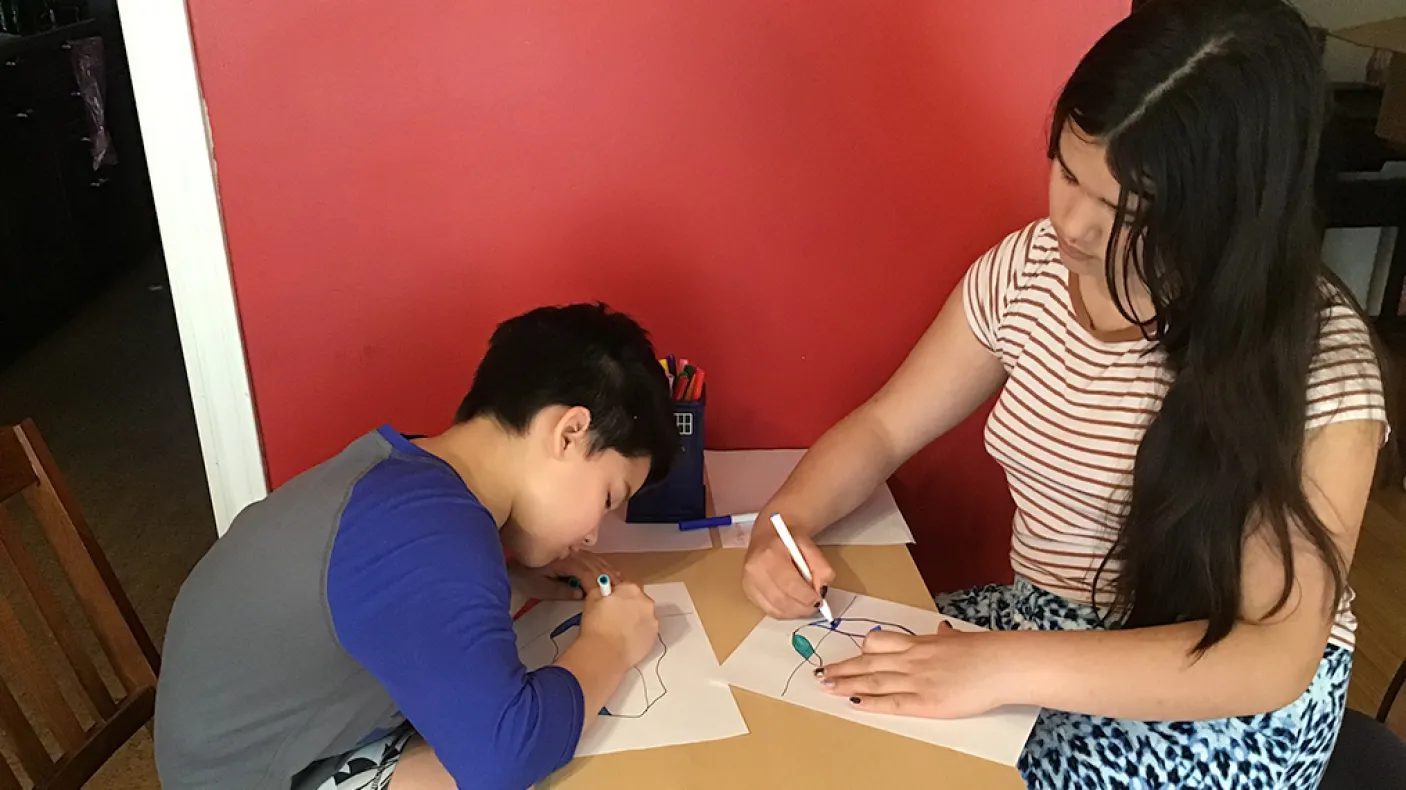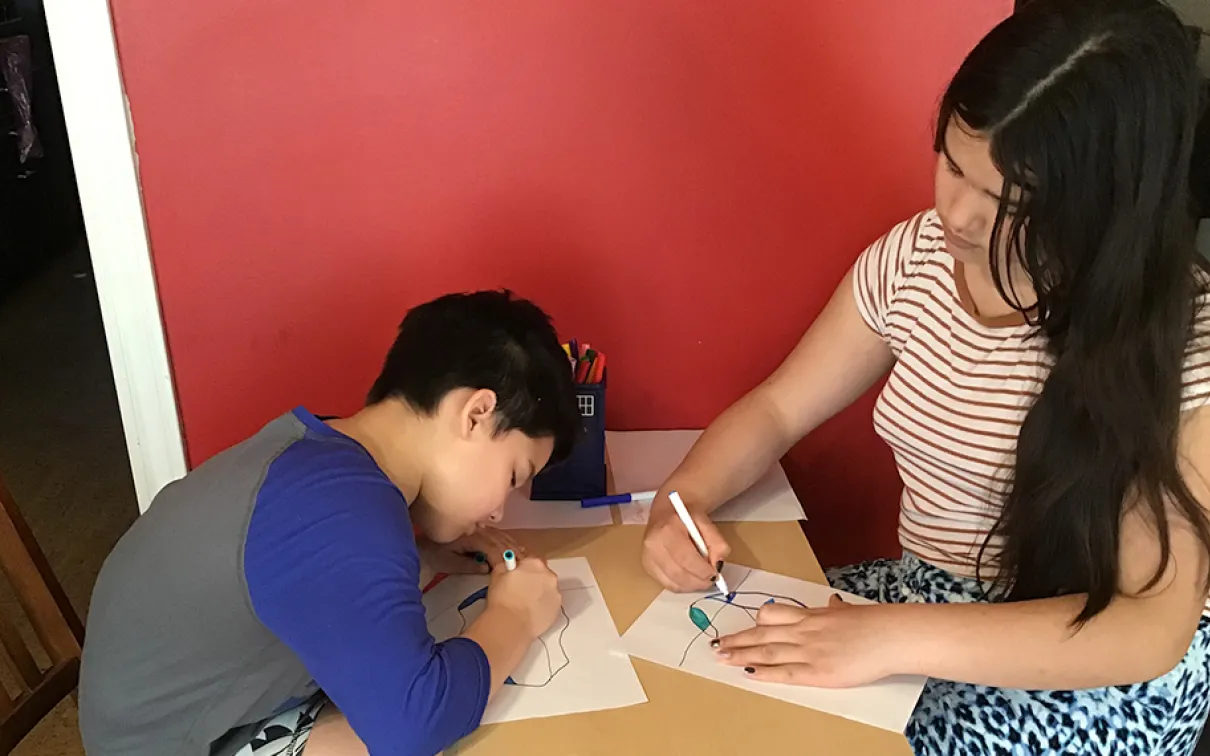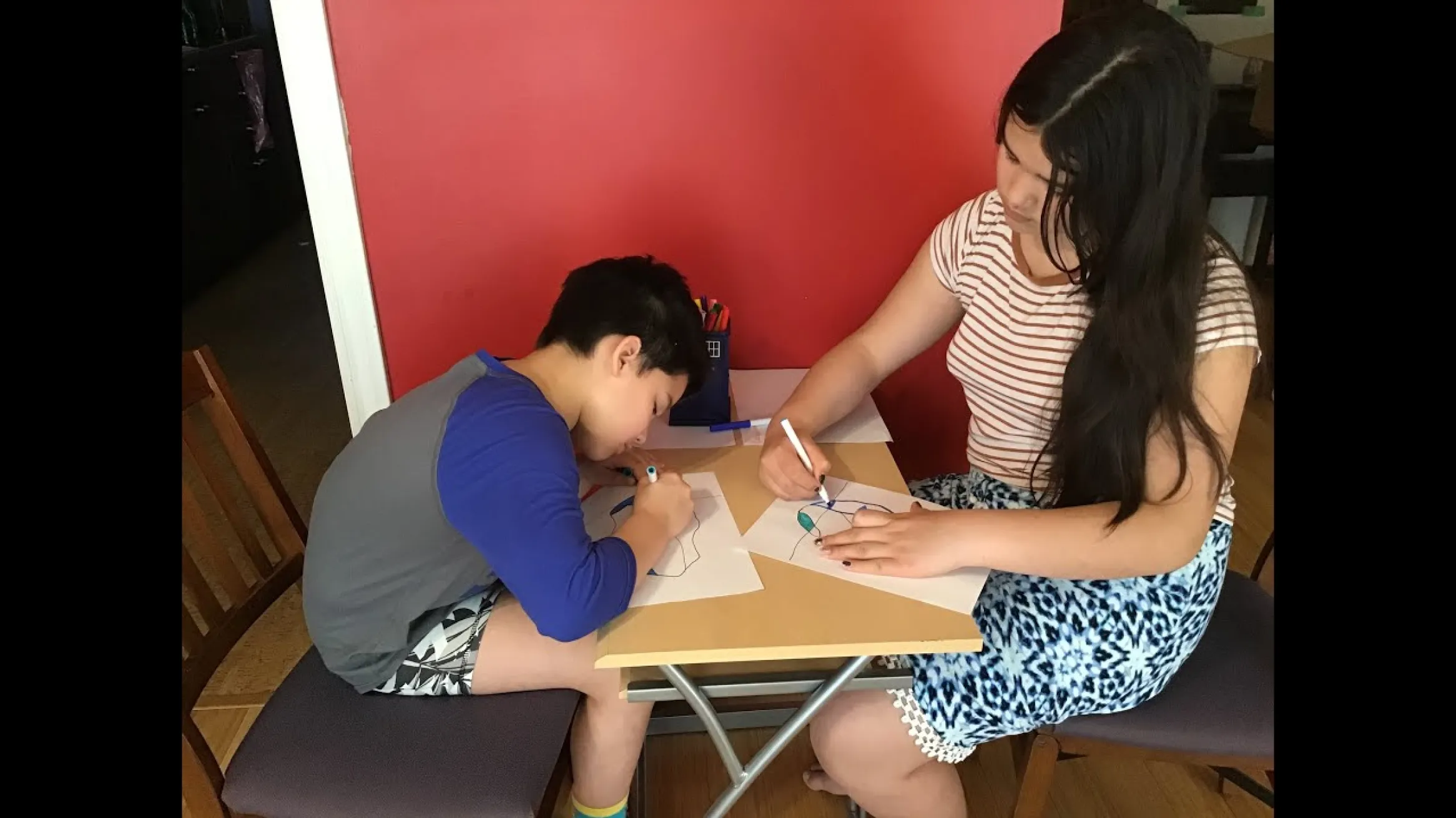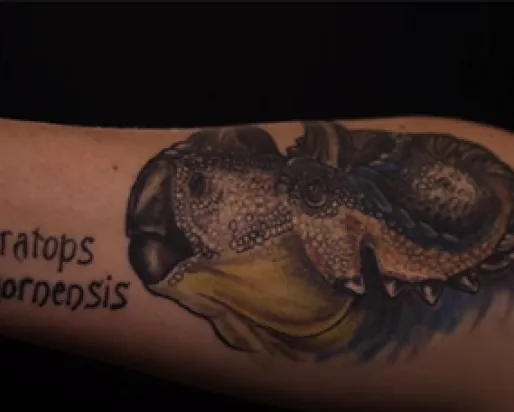ROM Around You: Make Yourself
Category
Audience
Age
About
What do you know about the things around you? Let’s find out! Explore art, culture, and nature with ROM Teacher Julie Tomé.
Visit ROM Around You for other themes and curiosity challenges to discover more about the objects in your home, yard, and neighbourhood!
I find I am constantly being encouraged to pluck out some one aspect of myself and present this as the meaningful whole, eclipsing or denying the other parts of self.
Who are you?
Who are you? How do you answer that question? It might seem like an easy question to answer but that depends on how deep you want to go. Your identity is made up of many different things: beliefs, cultural background, likes, dislikes, language, sex, gender, age, nationality, and so many more. Some aspects of identity are easy to observe, while others take more time to be revealed. Though we may have lots of similarities with some people, no two people's identities will be exactly the same – we are all unique! That variety makes the world an interesting and exciting place. Working with diverse people can sometimes have its challenges, but ultimately what diverse groups of people produce is better.
Curiosity Challenge: Make an iceberg diagram representing your identity.
Materials
- Paper or other medium
- Paint, markers, coloured pencils, or pastels
- Old magazines (optional)
- Iceberg template (optional)
Instructions
- Make a list of all the things that are a part of your identity.
- Decide which ones are easy to observe or may be obvious to other people — these will go on the iceberg above the water line. The ones that are more difficult to observe or less obvious — these will go below the water line.
- Make your iceberg. You can print out and colour the template provided or make your own. Use whichever medium you want — paint, markers, paper, or canvas — whatever floats your boat (see what we did there?).
- Add your list to the iceberg. This can be done using the words or using images to represent aspects of your identity, or a mix of both.
- Questions to ponder:
- What are parts of your identity you have control over? What are parts you don’t have control over?
- How does your identity affect how people interact with you?
- How does your identity affect how you interact with others?
- Are there parts of your identity that give you an advantage over others? A disadvantage? Why?
- Share your iceberg and thoughts with us on social media @ROMtoronto and #ROMathome



